The Circus as a Parallel Universe, edited by curators Gerald Matt and Verena Konrad. With essays by by Birgit Peter, Matthias Christen and Verena Konrad. And interviews with pop artist Peter Blake and filmmaker Ulrike Ottinger.
Published on the occasion of the exhibition of the same name at Kunsthalle Wien.
You can find the book on Amazon .com and .co.uk.
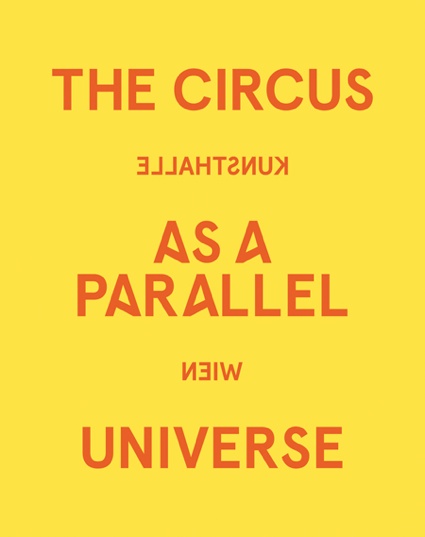
Publisher Verlag für moderne Kunst writes: Clear the ring for the world of acrobats, clowns, and exotic animals! Presenting a number of contemporary works of art, the catalog »The Circus as a Parallel Universe« offers an introduction into the universe of the circus and highlights a wondrous place full of knowledge of the world, surprises and sensations, a place of poetry, but also of excitement, confusion, and unease. The circus as a parallel world has become a projection surface in film and literature, but also in the fine arts.
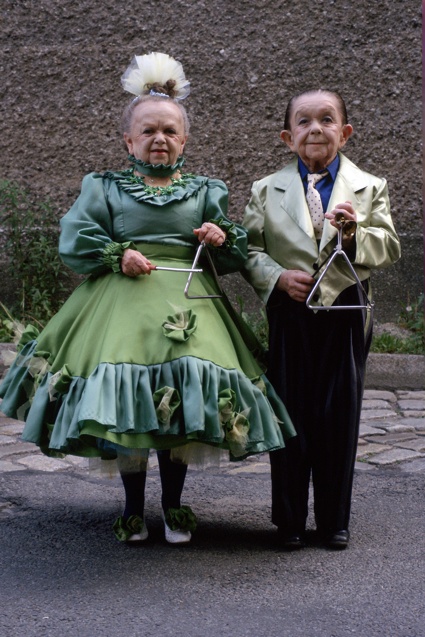 Ottinger Ulrike, Fraeulein Mausi und Paulchen, 1981
Ottinger Ulrike, Fraeulein Mausi und Paulchen, 1981
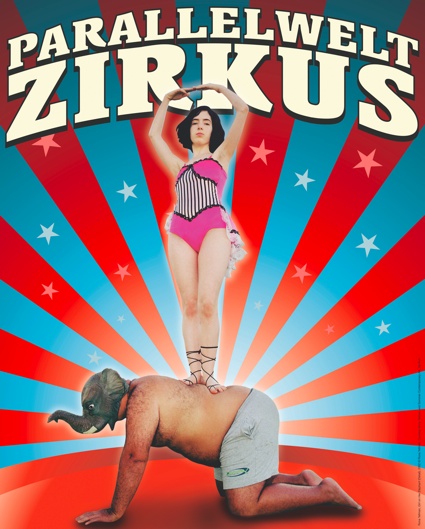
I wouldn’t normally review the catalogue of an exhibition i haven’t seen but i was seduced by the description of the book and its accompanying images (midgets! Anthony Quinn in La Strada!) But then i don’t know much about the circus, i’ve never even been to the circus. Not because i have that “clowns freak me out” affectation but because i’ve always been so sad for the animals.
Still, there is something unique and endlessly appealing about the whole circus aesthetics though: the garish colour, the merry silhouette of the tents, the posters, the costumes (which i do wear on some occasions) and Moira Orfei (do click with sound to max volume). Don’t laugh at Moira, she used to be the most beautiful creature of Italy. I just wish she’d leave those tigers alone.
The book has the usual format of a catalogue: a series of essays and then a few pages about each artists participating to the show, plenty of images and a couple of interviews thrown in. The essays are particularly good at identifying the rules and roles of the circus. On the one hand it’s a world of escape and dreams. A world where social conventions, animal behaviour and even the laws of physics are challenged. But it is also a microcosm that sets very clear limits to its own transgressions, makes a business of violating norms and requires that its members operate within a strict framework.
The text The Circus as a Model of the World charts the intertwining histories of circus and cinema. Both shared the same venues, the same audiences and the nomadic lifestyle in the early days of the cinema. They might not have so much in common right now but the movie industry has never stopped looking at circus as a source of inspiration (apparently some 600 circus films have already been produced in 30 countries.) The essay Taste and Prejudice, however, demonstrates that the circus isn’t meeting with the same appreciation as the other sources of entertainment. While theatre and circus used to compete in the 19th century for example, it is now obvious that one is now regarded as a form of art while the other doesn’t meet with the same respect.
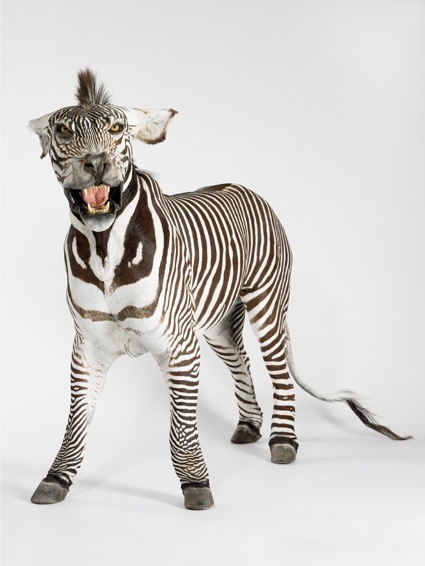 Deborah Sengl, The lioness – as a predator – captures the desired prey through camouflage, 2004
Deborah Sengl, The lioness – as a predator – captures the desired prey through camouflage, 2004
The interviews in the book are as enjoyable and though-provoking as the essays. They would, however, benefit from some context or at least a short introduction. For example, the interviewer kept asking Peter Blake about his collection. If i hadn’t seen an exhibition about that collection two years ago, i wouldn’t have received much information about it from the interview only.
I’ve said a few words about the essays, the interviews, the images are as good as you can hope in a catalogue. Let’s talk about the small texts explaining the works exhibited by each artist. Actually there’s only one thing i can say about them and it is that they are in german only! The whole book is in english and german except the part dedicated to the individual works. Why be so cruel? Why translate one half of the book and leave the other part in german only? Still, i did discover a few works i liked a lot. That Deborah Sengl does animal anthropomorphism like no one else.
The artists selected have found inspiration in the circus in its childhood entertainment form (as opposed to glamourous Cirque du Soleil-like performances), reconstructing part of its magic, decoding its figures and metaphors, extending its boundaries. Here’s just a small selection of their work:
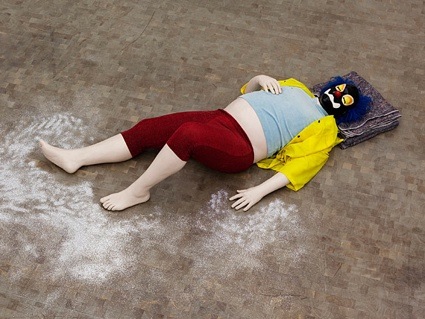 Ugo Rondinone, If There Were Anywhere But Desert, 2000
Ugo Rondinone, If There Were Anywhere But Desert, 2000
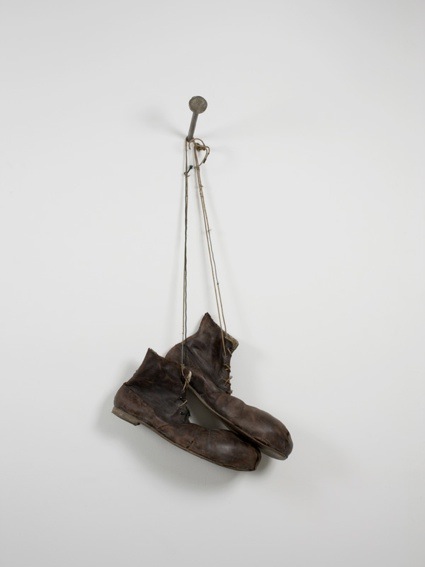 Ugo Rondinone: Gone, 2006. © Ugo Rondinone, Foto: Adam Reich
Ugo Rondinone: Gone, 2006. © Ugo Rondinone, Foto: Adam Reich
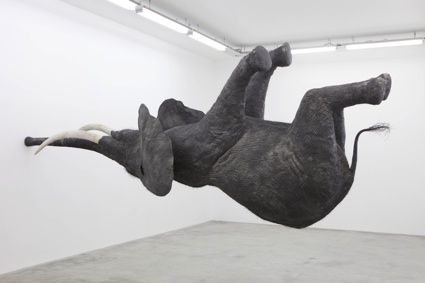 Daniel Firman, Nasutamanus, 2012
Daniel Firman, Nasutamanus, 2012
In 2005, Javier Téllez organized a parade of patients from Mexicali’s CESAM mental health center. They were protesting against general views on mental illness in today’s society. The procession stopped in Las Playas, a Mexican town on the US-Mexico border for the first-ever firing of a human cannonball over an international border: from Mexico to the US.
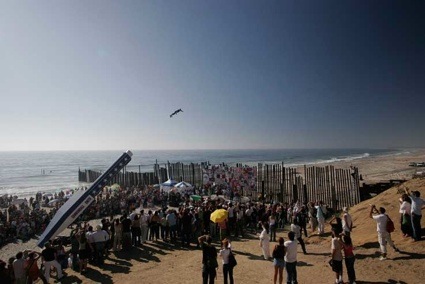 Javier Téllez, One Flew Over the Void (Bala perdida), 2005
Javier Téllez, One Flew Over the Void (Bala perdida), 2005
Javier Téllez, One Flew Over the Void (Bala perdida), 2005
In the installation illustrated below, light chains hanging from the ceiling move up and down. The installation is activated by a person pedalling on an exercise bike.
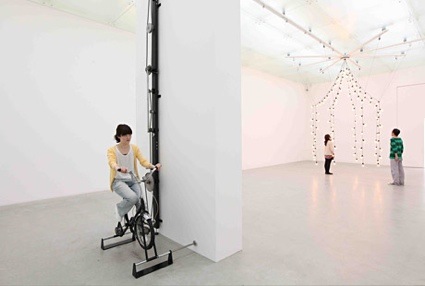 Jeppe Hein, Light Pavillion, 2009
Jeppe Hein, Light Pavillion, 2009
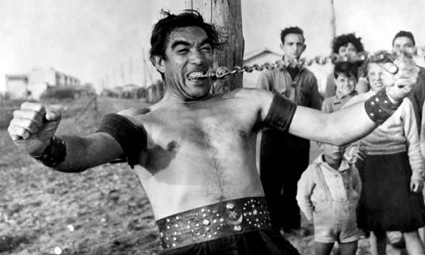 Anthony Quinn in Federico Fellini’s La Strada, 1954 Photograph: AFP/Getty
Anthony Quinn in Federico Fellini’s La Strada, 1954 Photograph: AFP/Getty
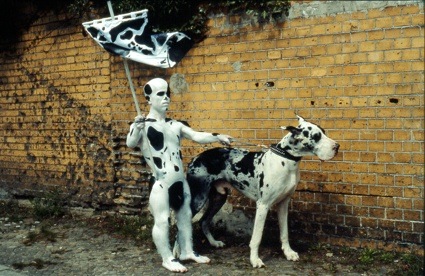 Ulrike Ottinger, Freak Orlando, 1981. The movie is on UbuWeb
Ulrike Ottinger, Freak Orlando, 1981. The movie is on UbuWeb
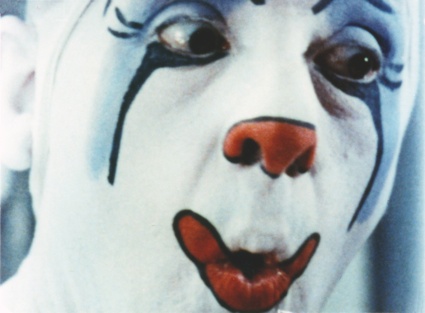 Charles & Ray Eames, Clown Face (still), 1971
Charles & Ray Eames, Clown Face (still), 1971
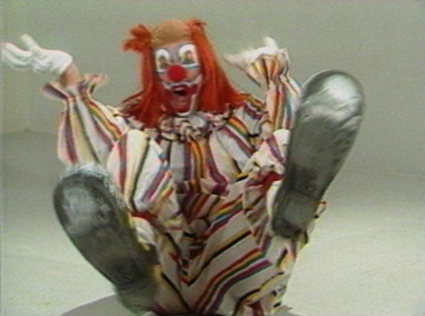 Bruce Nauman, Clown Torture, 1987
Bruce Nauman, Clown Torture, 1987
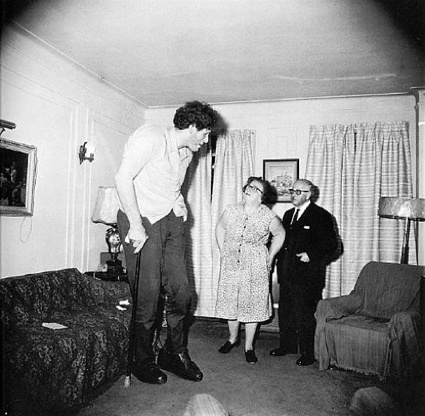 Diane Arbus, Jewish Giant at Home with His Parents in the Bronx, 1970
Diane Arbus, Jewish Giant at Home with His Parents in the Bronx, 1970
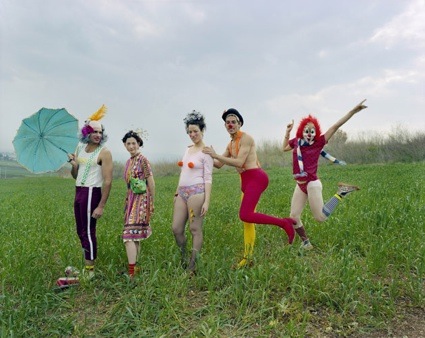 Rona Yefman, Clowns line, 2002. Courtesy the artist and Sommer Contemporary Art, Tel-Aviv
Rona Yefman, Clowns line, 2002. Courtesy the artist and Sommer Contemporary Art, Tel-Aviv
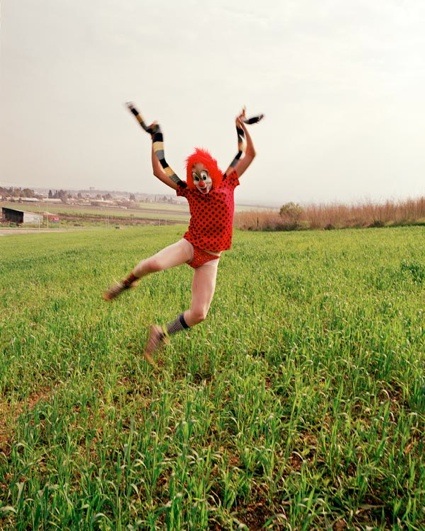 Rona Yefman, Gil Jumping Clown, 2002. Courtesy the Artist and Sommer Contemporary Art, Tel-Aviv
Rona Yefman, Gil Jumping Clown, 2002. Courtesy the Artist and Sommer Contemporary Art, Tel-Aviv
